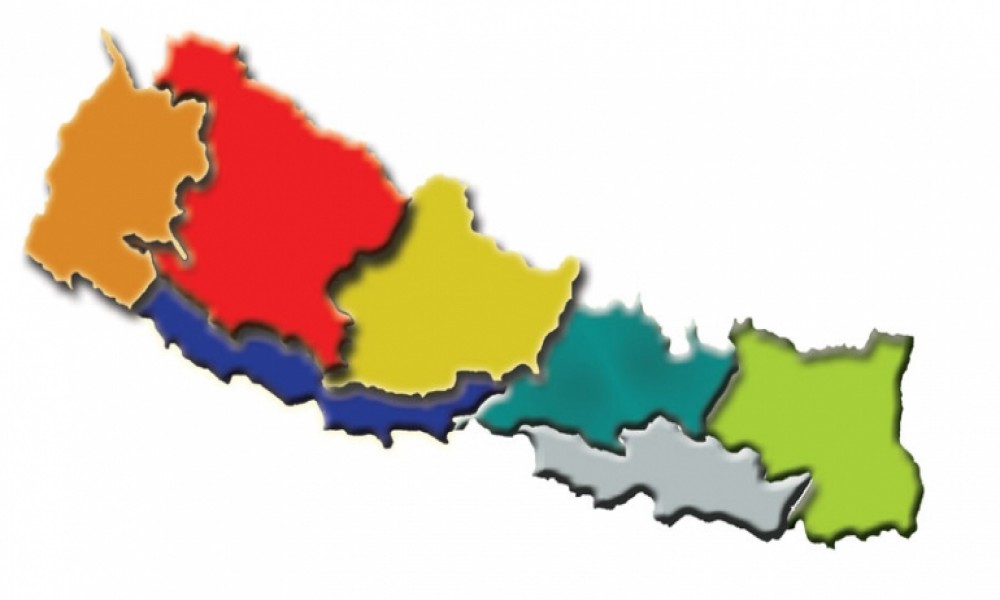Pratyush Onta
During the three decades of the party-less Panchayat era, King Mahendra used education as a tool to shape his version of nationalism, which promoted one ethnicity, language and culture at the expense of undermining Nepal's ethnic, linguistic and cultural diversity. Under his rule, curricula were designed in a manipulative way. The history of the ruling clan was glorified, and the contributions of indigenous, Dalit and Madhesi communities to the process of nationa-building were either hidden or downplayed.
Removal of the biography of Gaje Ghale, who won Victoria Cross during the World War II, from school textbooks in the 1960s is just an example of how shrew King Mahendra was in manipulating the history. A textbook title Nepali Sahitya (Nepali Literature)-Part 2 designed by Paras Mani Pradhan and Rudra Mani Pradhan in the 1950s had a chapter on the legend of Ghale. Until the late 1960s, children in schools were taught about Ghale's life and gallantry.
The Nepali textbook taught children how bravely Balbhadra Kunwar fought against the British during the battle of Nala Pani. But it abstained from teaching children that Kunwar, after the Nala Pani battle, joined the Shikh army and died during a battle in India.
But this chapter was removed from Nepali Sahitya in the late 1960s. When King Mahendra introduced Naya Siksha (New Education) in the early 1970s, the essay on Ghale had already become a thing of the past. Those who went to schools since then did not have a chance to learn how Ghale was recruited by the British army and how bravely he fought in the World War II.
The Nepali textbook taught children how bravely Balbhadra Kunwar fought against the British during the battle of Nala Pani. But it abstained from teaching children that Kunwar, after the Nala Pani battle, joined the Shikh army and died during a battle in India. It indicates that King Mahendra was not comfortable with the history about Nepalis fighting and dying for foreigners. Removal of the essay on Ghale must have been guided by this sense of national discomfort.
The Panchayat was successful in distorting the narrative about nationalism, and the contribution of the diverse ethnic groups to the national building process.
All this manipulation of history through textbooks was to build a national culture based on a share history. People like me who went to school during the Panchayat era grew up reading manipulated text books. To build a nationalist narrative, the manipulated textbooks were circulated so widely that they reached remote and inaccessible villages, too. The Panchayat was successful in distorting the narrative about nationalism, and the contribution of the diverse ethnic groups to the national building process. Unfortunately, even those who fought to overthrow the Panchayat system could not get rid of it. As a result, even after the restoration of democracy, symbols of nationalism cultivated by the Panchayat found space in national imagination.









